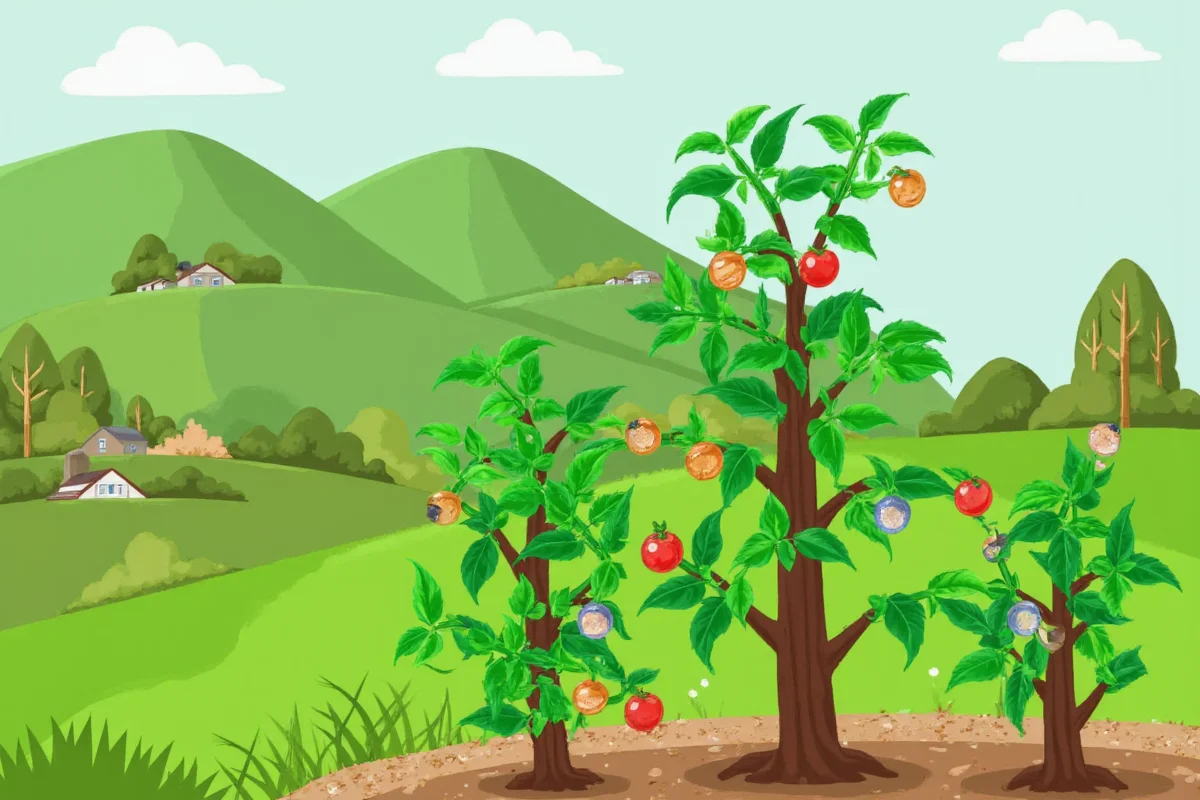Creating your own succulent garden is a joyful and rewarding activity that can transform any space into a vibrant oasis filled with unique plants. Succulents are adored for their stunning variety, ease of care, and ability to thrive in diverse conditions. Whether you're a seasoned gardener or a beginner, this guide will walk you through the essentials of making your own succulent garden. We will cover choosing the right plants and containers, preparing the soil, planting your succulents, ongoing care, and creative design ideas to personalize your space.
Choosing the Right Succulents
Choosing the right succulents for your garden is crucial for ensuring healthy growth and achieving the aesthetic you desire. Succulents come in numerous shapes, sizes, and colors, making it essential to consider your local climate, the environment where they will be placed, and your personal preferences.- Climate Adaptability: Select succulents that will thrive in your area's climate. Cold-hardy options like Sedum and Sempervivum are ideal for cooler areas, while varieties like Aloe and Echeveria do well in warmer climates.
- Lighting Needs: Succulents vary in their sunlight requirements; some need full sun, while others can tolerate partial shade. Identify how much sunlight your garden area receives and choose accordingly.
- Space Considerations: Select succulents based on the space you have available. Compact varieties like Lithops are excellent for small containers, whereas larger options like Agave are better suited for open spaces.
- Color and Texture: Experiment with different textures and colors to create visually attractive displays. From the rosette shapes of Echeveria to the trailing tendrils of String of Pearls, diversity in visual elements will enhance your succulent garden's appeal.
Selecting Suitable Containers
The right container can make all the difference in ensuring your succulents thrive. You'll find a variety of options available, from small pots that fit on window sills to larger outdoor planters. Each type offers unique benefits depending on your gardening aspirations.- Material: Clay pots are popular due to their breathability, which helps prevent overwatering. Other materials like wood, ceramic, and metal can be used, but it's vital they have drainage holes.
- Size: The container size should match the plants you've chosen. Overcrowding can cause poor air circulation, while too large a pot can lead to excess moisture retention.
- Style: Decorative pots can add flair and showcase your design personality. Consider varied shapes and colors to complement the succulents’ visual appeal.
Preparing the Soil
The success of your succulent garden heavily depends on the quality of soil. Succulents require well-draining soil to avoid root rot and to engage their full potential.- Soil Mixture: A good succulent soil mix contains sand, perlite, or pumice to ensure drainage. Avoid regular garden soil, as it retains too much moisture.
- DIY Mix: Create your own soil mixture by blending potting soil with coarse sand at a 1:1 ratio. Incorporating elements like crushed lava rock can also enhance aeration.
- Pre-made Mix: If you're unsure about mixing soil yourself, numerous commercially prepared succulent mixes are available.
Planting Your Succulents
Planting succulents involves several steps that require care and attention to detail to ensure they establish well and grow healthy.- Placement: Gently remove the succulent from its nursery pot by squeezing the pot's side and loosening the soil. Handle the roots cautiously to avoid any damage.
- Depth: Position the succulent at the same depth it was in its original container, pressing soil lightly around the base to hold it steady.
- Spacing: Allow enough space between plants for air circulation and to accommodate future growth.
- Watering: Avoid watering immediately after planting. Wait a week to allow the plants to acclimate and roots to heal.
Caring for Your Succulent Garden
Succulents are low-maintenance, but providing consistent care will ensure they remain healthy and vibrant. Here are essential tips for maintaining your succulent garden.- Watering Schedule: Succulents prefer infrequent watering; ensure the topsoil is dry before watering again to prevent overwatering. Depending on local conditions, this could be every 1-2 weeks.
- Lighting Adjustments: Rotate plants periodically to ensure uniform growth if only one side receives sunlight.
- Fertilizing: Feed succulents a diluted liquid fertilizer once a month during the growing season to encourage robust development.
- Pest Control: Watch out for pests like aphids and mealybugs. Use natural insecticide options or wash with soapy water if infestations occur.
| Aspect | Tip Summary |
|---|---|
| Plant Selection | Climate adaptability, lighting needs, space considerations, color, and texture. |
| Container Selection | Material, size, and style. |
| Soil Preparation | Soil mixture, DIY mix, pre-made mix. |
| Planting Process | Placement, depth, spacing, watering. |
| Care | Watering schedule, lighting adjustments, fertilizing, pest control. |
Building your succulent garden can be a soothing, fulfilling endeavor. By understanding how to choose the right plants, pots, soil, and applying the proper care, you can create a stunning, low-maintenance space that brings joy and greenery to your environment. Remember that a bit of creativity and diligent attention to their needs will ensure your succulent garden thrives beautifully.











 浙公网安备
33010002000092号
浙公网安备
33010002000092号 浙B2-20120091-4
浙B2-20120091-4